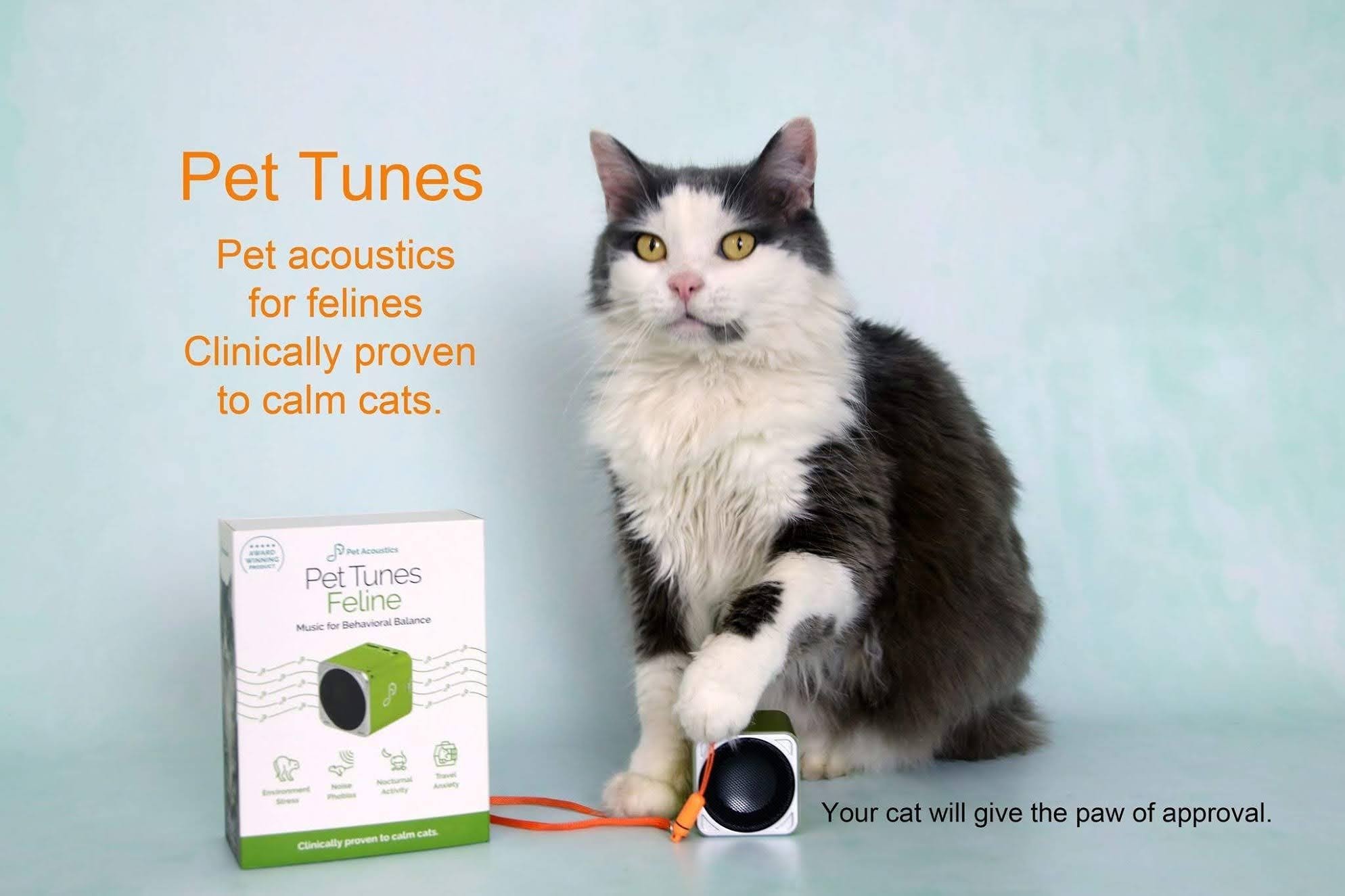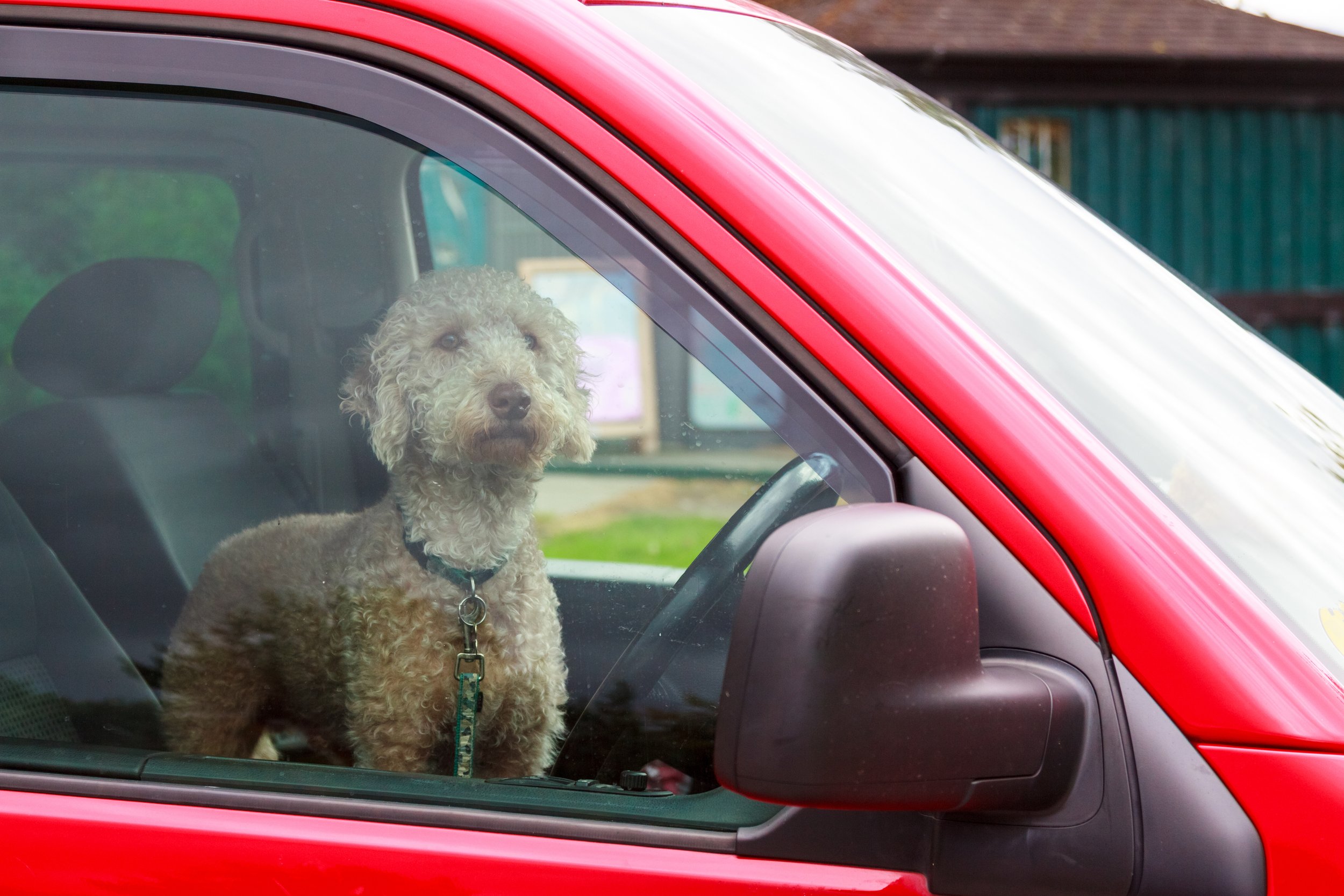Did you know the most cancelled appointments are pet parents not being able to get their cat into the carrier to go to the vet exam? Listen to Janet Marlow, Sound Behaviorist on Cat Anxiety solutions on how to get your cat to the veterinarian visit from the carrier, to the car to the exam room easily without stress. Click on image to Listen to this Podcast on any device.
https://on.soundcloud.com/t2ZC5
Janet Marlow, M.A., Sound Behaviorist, founded Pet Acoustics and invented the science of species-specific music in 1997. She is world renowned for her contribution to the understanding of pet hearing and how sound and music affects behaviors. Her scientific studies are peer reviewed and published in veterinary science publications detailing clinical studies proving the effects of species-specific music for behavioral balance and well-being. She is an author, speaker, and consultant to organizations and veterinary practices on this new field of understanding. Janet Marlow continues to innovate products for the welfare of animals for pet parents, veterinarians, shelters, trainers and breeders through proven scientific methods.
What is sound behavior?
Sound behavior is a new field of study that describes the way in which an animal or person acts in response to a particular situation or stimulus from sound as a sensitivity to an external or internal stimuli.
A sound behaviorist is a person who specializes in the study of behavior in response to auditory perception and acoustics.
Contact us at hello@petacoustics.com




































